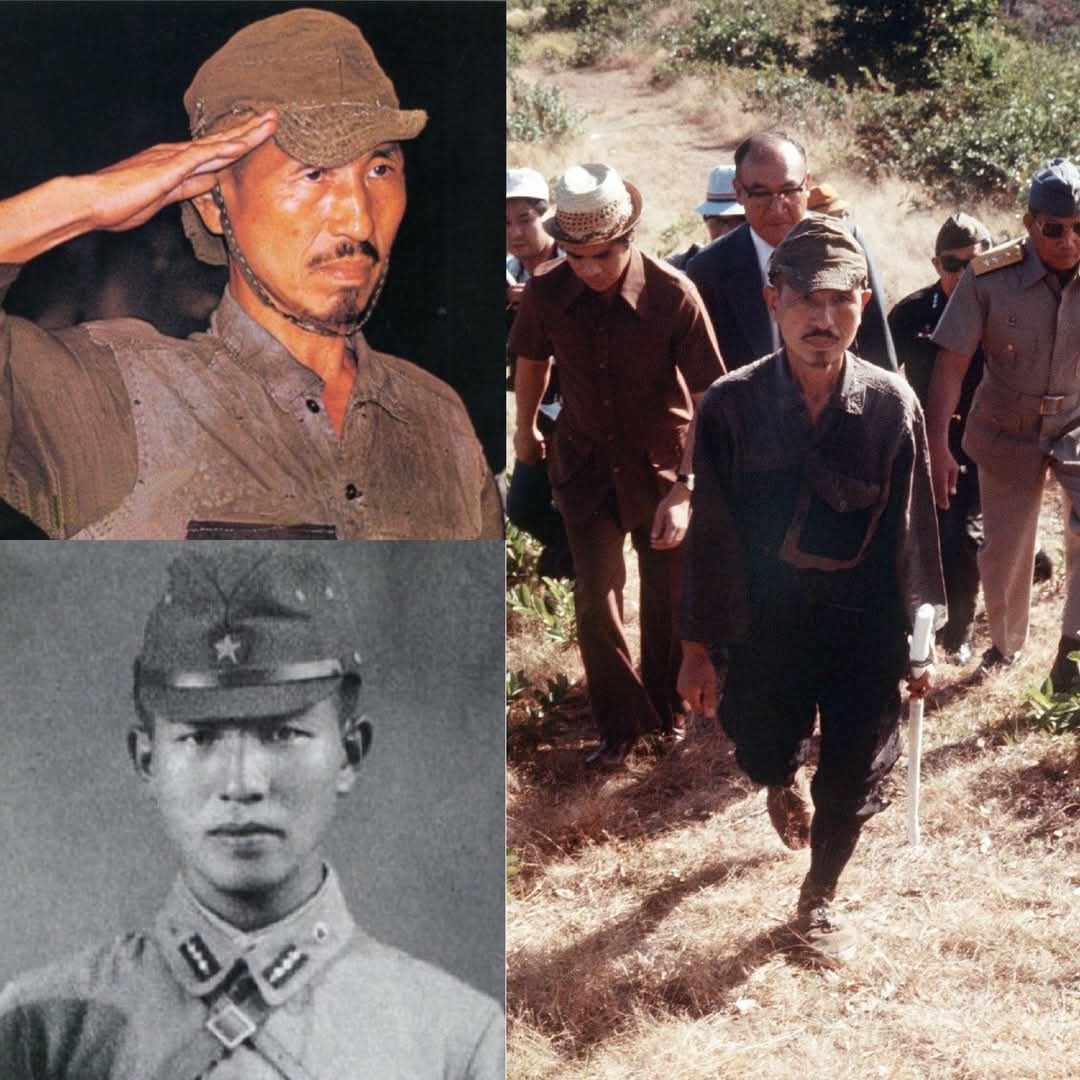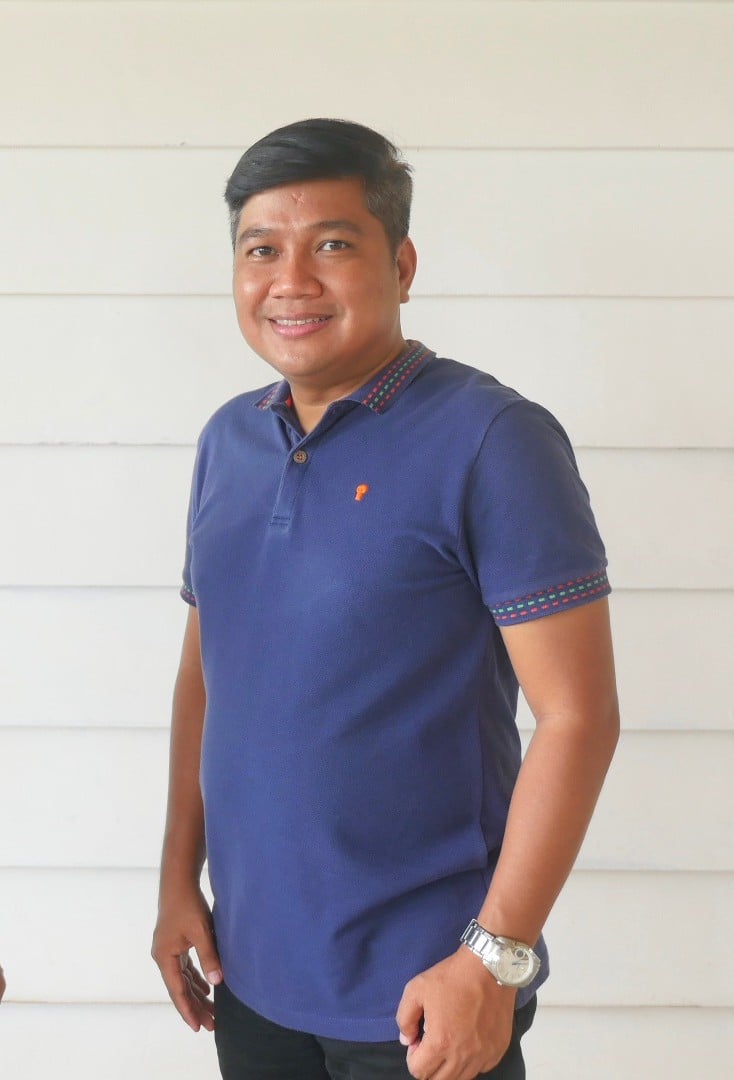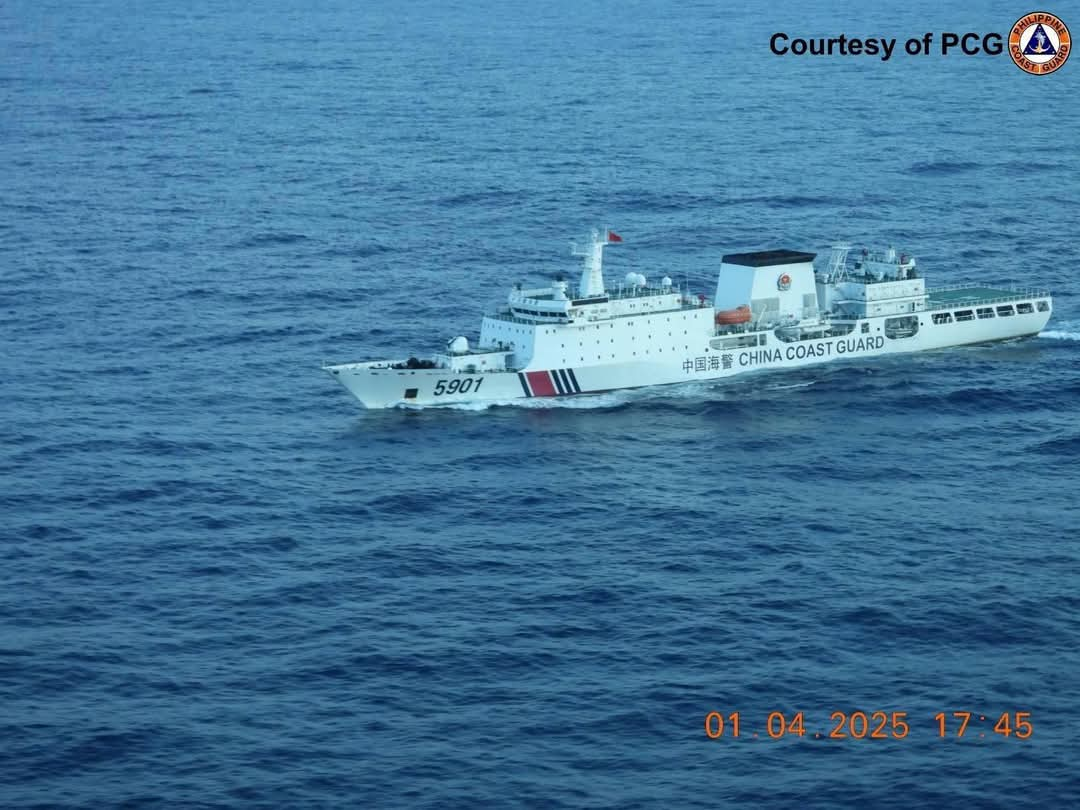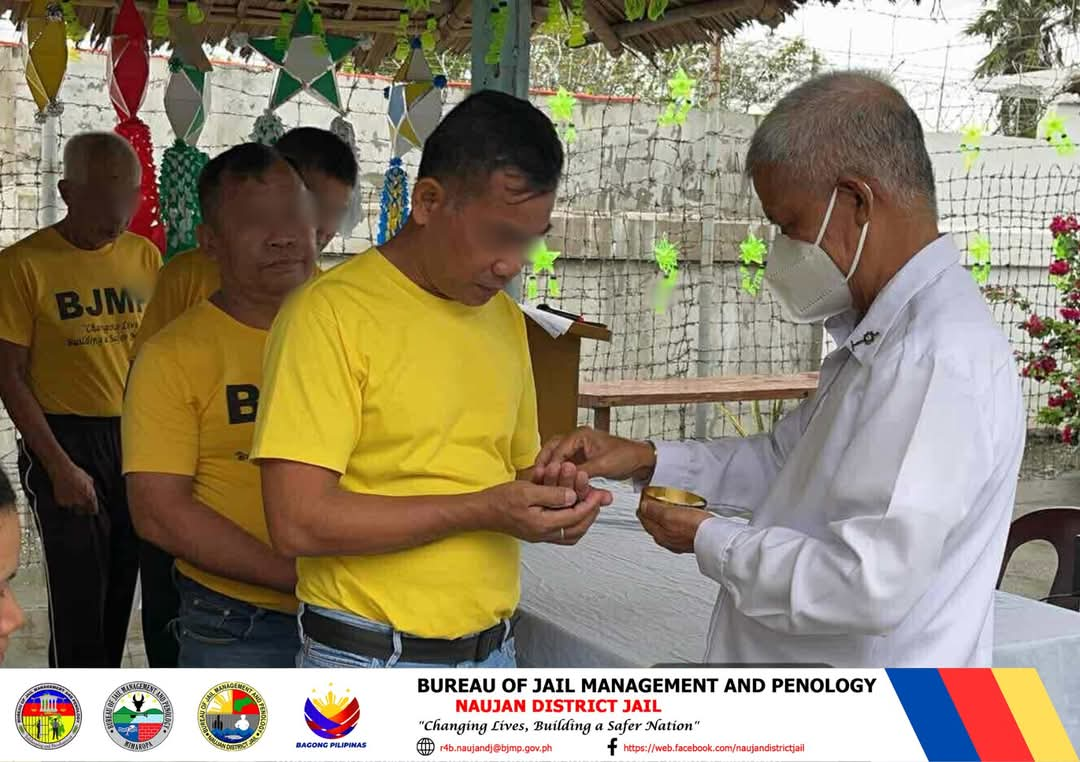On Lubang Island, off the coast of Occidental Mindoro, a Japanese intelligence officer fought World War 2 until 1974 – almost three decades after it had ended.
His name was Hiroo Onoda, and his extraordinary tale would become one of the most remarkable stories of military devotion in modern history.
“I was doing what I believed was right,” Onoda would later say of his decades-long mission to defend a remote Philippine island against a non-existent enemy.
The Strategic Island
Mindoro, the seventh-largest island in the Philippine archipelago, held crucial strategic importance during World War 2. Its position between the South China Sea and the Sibuyan Sea made it a vital stepping stone for Japanese forces defending their conquered territories.
Lubang Island, a small outcrop off Occidental Mindoro’s northwestern coast, served as a natural fortress, its dense jungle-covered mountains providing perfect cover for military operations.
“The island was perfect for guerrilla warfare,” explained a historian at the University of the Philippines. “Its thick forests, steep terrain, and scattered villages made it ideal for a small force to hide and conduct operations indefinitely.”
The Last Orders
In December 1944, as American forces advanced through the Philippines, the Imperial Japanese Army made a critical decision. They dispatched Second Lieutenant Hiroo Onoda, a 22-year-old intelligence officer trained in guerrilla warfare, to Lubang Island. His mission: to monitor Allied ship movements and disrupt enemy activities.
Onoda’s commanding officer, Major Yoshimi Taniguchi, gave him orders that would shape the next three decades of his life: “Hold the island until the Imperial Army’s return. Never surrender. Never take your own life.”
By February 1945, American forces had landed on Mindoro’s main island.
The Philippines’ strategic location made it crucial to Allied plans for the final assault on Japan.
As U.S. troops advanced, most Japanese soldiers on Lubang either surrendered or died in combat.
But Onoda, along with three other soldiers, retreated into the mountains, beginning what would become one of the longest military holdouts in modern history.
Decades of Denial
For nearly 30 years, Onoda and his small band lived as guerrilla fighters, surviving on bananas, coconuts and cattle stolen from local farmers. They dismissed leaflets announcing Japan’s surrender as enemy propaganda.
Radio broadcasts of Japanese pop music were rejected as American psychological warfare.
“Every Japanese soldier was prepared for death, but as an intelligence officer I was ordered to conduct guerrilla warfare and not to die,” Onoda recalled in his memoirs. “I had to follow my orders as I was a soldier.”
For the people of Lubang, a peaceful fishing and farming community of about 16,000 people, Onoda’s presence became a constant source of fear.
The island, known for its pristine beaches and vast coconut plantations, saw its development hindered by the ongoing guerrilla activity.
“Our grandparents couldn’t freely farm their land,” says Ricardo, whose family has lived on Lubang for generations. “Any movement in the mountains could mean an encounter with Onoda’s group.”
One by one, Onoda’s companions left him.
Private Yuichi Akatsu surrendered to Philippine authorities in 1950. Corporal Shoichi Shimada died in a shootout with police in 1954. Private First Class Kinshichi Kozuka was killed by local police in 1972, leaving Onoda completely alone.
“Your War Is Over”
The breakthrough came in 1974, when a young Japanese adventurer named Norio Suzuki found Onoda in the jungle.
Despite their unlikely friendship, Onoda refused to surrender without a direct order from his superior officer.
In an extraordinary turn of events, the Japanese government tracked down Onoda’s former commander, Major Yoshimi Taniguchi, who had become a bookseller in civilian life.
In March 1974, Taniguchi flew to Lubang with a written order for Onoda to stand down.
In a clearing in the jungle, the 52-year-old Onoda, still wearing his tattered Imperial Army uniform, listened as his former commander read the orders.
According to witnesses, tears streamed down Onoda’s face as he finally accepted that his war was over.

A Complex Homecoming
Onoda’s story gripped Japan. He returned to Tokyo to a hero’s welcome, with thousands lining the streets.
But his homecoming exposed deeper complexities about war, duty and the changing face of Japanese society.
While many praised his unwavering loyalty, others questioned the cost of his devotion.
During his time on Lubang, encounters between Onoda’s group and local farmers had led to deaths and injuries.
The Philippine government ultimately pardoned him, but the impact on the island’s community left lasting scars.
“We suffered greatly because of him,” says another Lubang resident who lost family members during Onoda’s guerrilla campaign. “While Japan celebrated his loyalty, we lived in fear for decades.”
Legacy of the Last Soldier
Onoda struggled to adapt to modern Japan. He found the country’s economic miracle and shifting values difficult to comprehend.
In 1975, he moved to Brazil to become a cattle farmer, only returning to Japan periodically to run survival training camps for young people.
“I don’t consider those 30 years a waste of time,” he said in his last interview before his death in 2014 at the age of 91.
“Without that experience, I wouldn’t have my life today.”

Legacy in Mindoro
Today, Lubang Island has transformed its wartime history into a unique heritage.
Local guides lead tourists through the mountains where Onoda hid, showing them the caves and jungle paths that sustained him for 29 years.
The island’s tourism office has preserved several of his hideouts, marking them as historical sites.
“It’s part of our island’s story now,” notes a tourism officer in Lubang. “While we can’t forget the difficult years, we’ve learned to see Onoda’s story as part of our heritage – a reminder of how war affects communities long after the peace treaties are signed.”
Onoda’s story remains a powerful reminder of war’s long shadow and the complex nature of duty.
Dr. Akiko Yamamoto, a historian at The University of Tokyo, reflects: “Onoda’s story resonates because it raises uncomfortable questions. When does devotion become delusion? At what point should personal loyalty yield to changing realities?”
For the people of Lubang Island, the answer might seem clearer.
But Onoda’s tale endures as a testament to both the strength and the danger of absolute conviction.
In following his orders to the letter, he created a story that would outlive the war itself – a reminder that conflict’s echoes can resound long after the guns fall silent.
Photo Credits: BBC World Service, Martial Law Museum FB Page, and History Bites








Write Your Comment